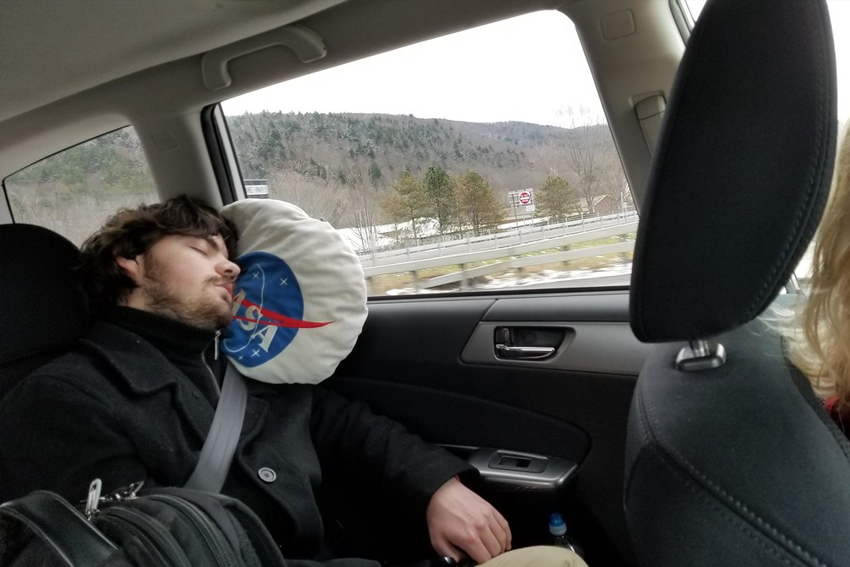Therapy Found Effective for Carpal Tunnel Syndrome
Carpal Tunnel Syndrome (CTS) is a common condition that affects millions of people worldwide. It is caused by the compression of the median nerve that runs through the carpal tunnel in the wrist, leading to pain, numbness, tingling, and weakness in the hand and wrist. While surgery is often recommended for severe cases, physiotherapy has been found to be an effective non-surgical treatment for CTS.
Physiotherapy for CTS typically involves a combination of exercises and stretches designed to relieve pressure on the median nerve and improve flexibility and strength in the affected area. One common exercise is the nerve gliding exercise, which involves gently moving the affected wrist and hand in various directions to promote blood flow and reduce inflammation. Other exercises may target the muscles and tendons in the forearm and hand to improve grip strength and reduce tension in the affected area.
In addition to exercises, physiotherapists may also use other techniques to relieve symptoms of CTS. One such technique is ultrasound therapy, which involves the use of high-frequency sound waves to reduce inflammation and promote healing in the affected area. Massage therapy may also be used to increase blood flow and reduce tension in the muscles of the wrist and hand.
Another important aspect of physiotherapy for CTS is education and self-care. Physiotherapists can provide guidance on ergonomics and proper posture to reduce strain on the wrists and hands, as well as tips for modifying activities to reduce the risk of aggravating symptoms. They may also recommend the use of splints or braces to immobilize the wrist and reduce pressure on the median nerve during activities that exacerbate symptoms.
Research has shown that physiotherapy can be effective in relieving symptoms of CTS and improving functional outcomes. A 2019 study published in the Journal of Hand Therapy found that a combination of nerve gliding exercises, wrist mobilization, and ultrasound therapy resulted in significant improvements in grip strength, pain, and functional outcomes in patients with CTS. Another study published in the Journal of Orthopaedic and Sports Physical Therapy in 2020 found that a multimodal physiotherapy program that included nerve gliding exercises, manual therapy, and education resulted in significant improvements in grip strength, pain, and hand function in patients with CTS.
While physiotherapy can be an effective treatment for CTS, it is important to consult with a qualified physiotherapist to develop a personalized treatment plan that is tailored to the individual’s specific needs and goals. It is also important to seek medical attention if symptoms of CTS persist or worsen despite treatment, as surgery may be necessary in some cases.
In conclusion, physiotherapy has been found to be an effective non-surgical treatment for CTS, offering a range of techniques and exercises designed to relieve pressure on the median nerve and improve hand and wrist function. With the help of a qualified physiotherapist, individuals with CTS can benefit from a personalized treatment plan that can improve their symptoms, reduce their risk of complications, and enhance their quality of life.
get in touch with us at Tvastacare to know more.




